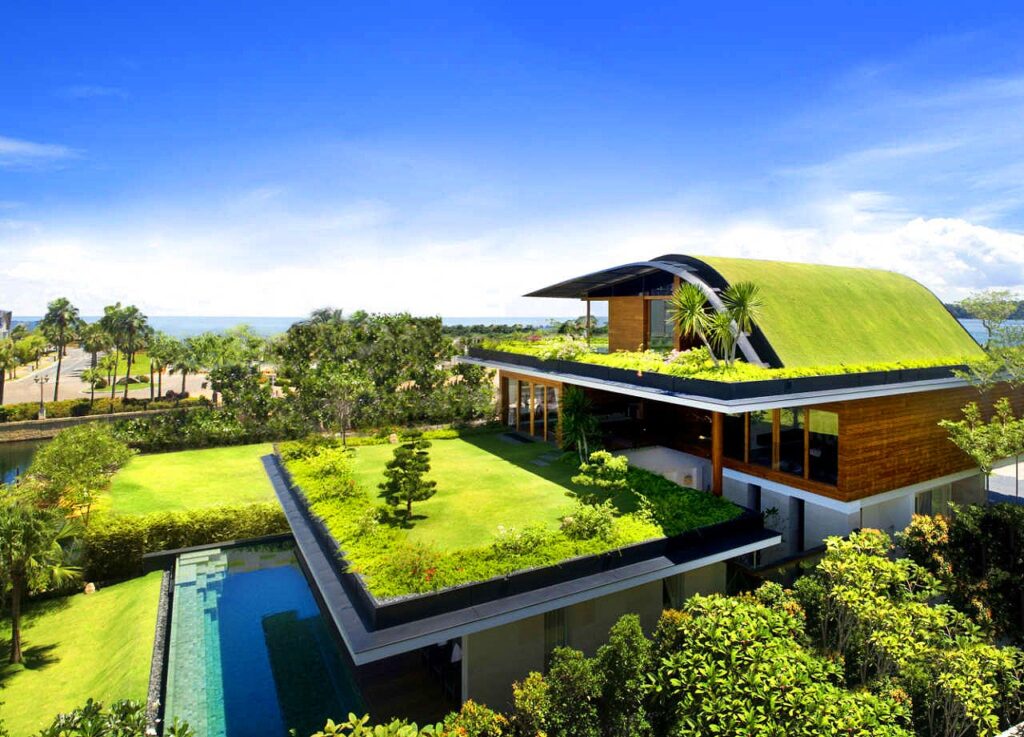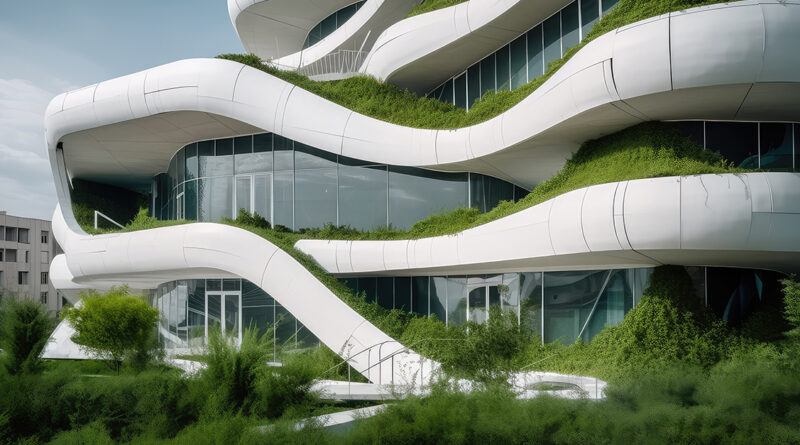The Art of Eco-Building: How Environmental Certification Works in Modern Development
Navigating environmental certification in modern development
The art of eco building has become a cornerstone in modern development and in this article you are going to explore the intricacies of environmental certification and how it plays an important role in shaping eco friendly structures. Join us to know how developers are making a sustainable future with the help of the art of eco building. Built a greener approach to modern development while discovering the environmentally conscious construction.
The environmental agenda is one of the usual topical directions in the construction and operation of buildings, which develops and transforms from year to year. But for a building or an architectural project to become environmentally friendly, it is not enough to give the facade a green tint – it is necessary to standardize indicators, a whole system of criteria for assessing energy efficiency and environmental indicators of the project. Today we will talk about them.
The first industry standards for eco-friendly architectural solutions emerged in the 1970s with the appearance of the first energy efficient buildings: the seven-story office complex of architects Nicholas and Andrew Issaak in Manchester, USA or EKONO-house in Otaniemi, Finland.

The emergence of such projects led to the emergence of the first green building standards – in 1990 the BREEAM standard appeared in the UK, and in 1998 – the LEED rating system in the USA.
Today, there are at least 45 certification standards in the world (according to other sources, more than 100), but LEED and BREEAM remain the most popular. How do they work?
Both systems are built on criteria for compliance with which points are awarded for certification. Based on the number of these points, the final rating of the object is determined.
To obtain a LEED certificate, a company just needs to register on the website, add your property and be certified. At the same time, the presence of an accredited LEED professional on the project team only gives advantages and an additional point. In BREEAM, the presence of such a specialist on a project is mandatory – without him it is impossible to register and certify a project. Thus, LEED certification is more suitable for designed objects, and BREEAM is more convenient for finished buildings and renovations.

Today, more than 594,000 projects are certified according to the BREEAM standard around the world, more than 135,000 according to LEED. The number of eco-certified buildings in the world is growing by 35-50% annually, and the undisputed leader of the segment is the United Kingdom (more than 3 thousand certified buildings) and Abu Dhabi (more than 22.4 thousand objects comply with the local eco-standard Estidama). In Russia, so far there are only 149 buildings that meet the BREEAM standard, and 58 – LEED.
Costs during the design and construction of sustainable buildings are on average 5-10% higher, but in the long term, operating costs are reduced by 20-30%. The implementation of certification pays off on average in 5-6 years. For example, the industrial park “South Gate” (BREEAM): due to high energy efficiency and process automation, it is possible to save up to $ 142 thousand per year.

Recently, developers have been paying more and more attention to the study of the internal environment of eco-buildings. Development gets the so-called well-being approach. And here, too, their certification systems appear, designed to designate in detail an environment favorable to human health – from working out the length of taps for washing hands and designing premises taking into account the required level of physical activity, to the frequency and methods of disinfecting surfaces, door handles and elevator buttons.
Environmental certification today is not only a response to the economic and social challenges associated with the design and construction of buildings, but also criteria for the development of the urban and working environment as a whole, and therefore reaching a fundamentally new level of well-being.
FAQ’s
How can modern buildings be designed to be environmentally friendly?
By using materials that are sustainably recycle resource you can easily make modern buildings that are environmentally friendly. You can implement energy efficient system and technology is by incorporating natural elements like vertical gardens and green roofs. While taking advantage of natural light and ventilation you must design buildings.
How do LEED certified buildings help the environment?
These buildings use less water and energy utilised renewable sources handless resources create fewer waste and preserve land and habitat.LEED certification is a worldwide solution for communities neighbourhoods and communities.
Why eco friendly buildings are so much important to the environment and to people?
Eco friendly buildings used less amount of energy sources that pollute the environment such as green buildings and coal that contribute to keeping the environment clean.

